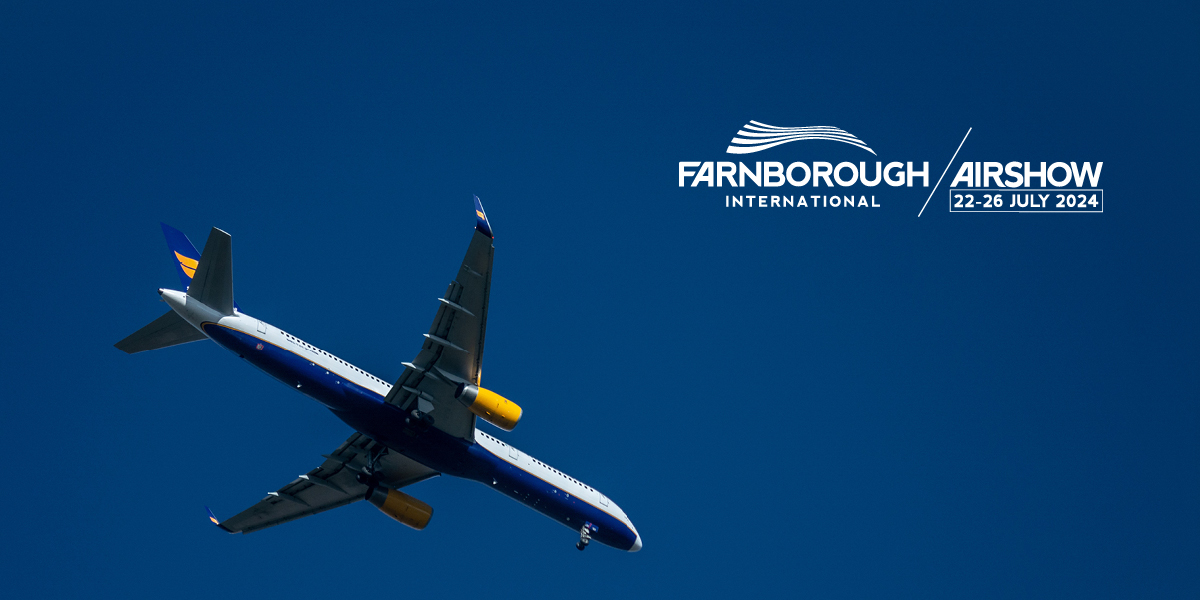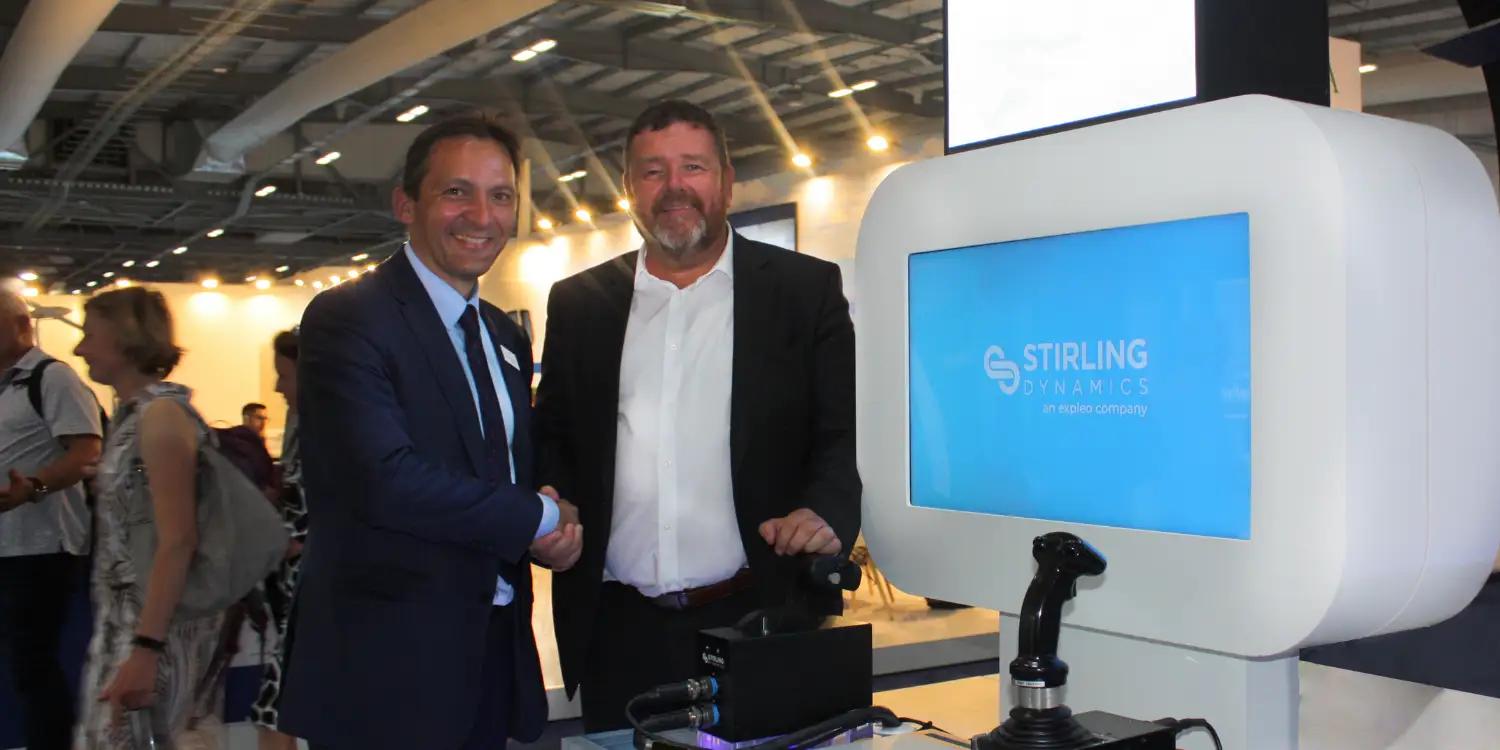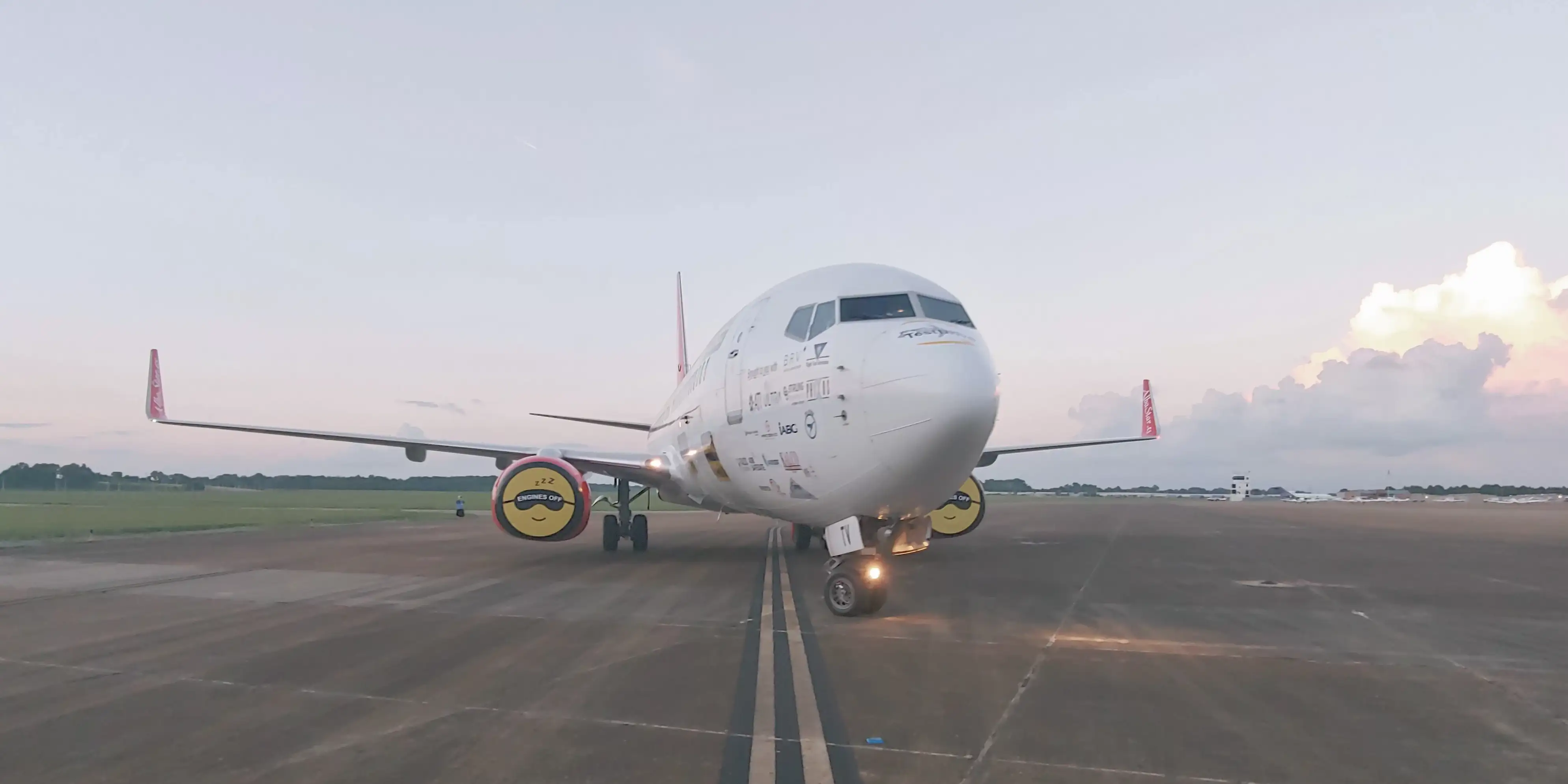Join Stirling Dynamics at Farnborough International Air Show 2024
We are delighted to be exhibiting once again at the Farnborough International Air Show (FIA 2024). Joining our parent company, Expleo, in Hall 1,...
2 min read
18 November 2021
Stirling dynamics is thrilled to announce that on Thursday, 21st march, the world’s first large variable-buoyancy-powered autonomous uninhabited air vehicle (UAV) was test flown successfully. The 15m long, 10.5m wingspan ‘phoenix’ is an ultra-long-endurance aircraft that spends half its time as a heavier-than-air aeroplane, and the other half as a lighter-than-air balloon. The repeated transition between which, provides the sole source of propulsion for its anticipated use as a pseudo-satellite.
The Phoenix project is funded by Innovate-UK, approved by the Aerospace Technology Institute, and brings together a highly skilled team of industrial partners, High-Value Manufacturing Catapults and Academia. Stirling became involved in the three-year project due to the company’s expertise in the development of steering and diving control algorithms for underwater vehicles. In particular, Stirling’s experience in developing hover control algorithms, used at low speeds for underwater vehicles, could be directly applied to the variable buoyancy aircraft. Stirling designed the Flight Control Laws (FCLAW) used during the successful flight and led the development of the Flight Control System (FCS) in partnership with the MTC (Manufacturing Technology Centre).
David Curd, Modelling and Simulation Engineer, who led the project team at Stirling commented: “What makes the Phoenix so unique is that the ultra-long-endurance aeroplane uses the concept of variable-buoyancy propulsion that has been exploited previously for underwater remotely-operated-vehicles (ROVs) but has never before been used successfully for the propulsion of a large-scale aircraft.
“Owing to Stirling’s background in aerospace systems, we were able to provide an integrator role to help guide the design process and provide the aircraft target mass/volume for the test demonstrator. Frequent face-to-face meetings with the trials team and weekly teleconferences with the consortium ensured that the trials were conducted successfully within the project timescales.
“For me, the highlight of the project was the opportunity to work on the full design cycle of an aircraft in such a short period of time, and to have influence over each aspect of the design owing to the relatively small team. In less than three years, we went from designing the aircraft on whiteboards, through our control law and software development, all the way to assembling the FCS on the aircraft in the test facility. We were very lucky to have the opportunity to work on such a fast-paced and exciting project!”
The Phoenix prototype aeroplane was flown successfully and repeatedly during indoor flight trials in March 2019 under the command of a fully autonomous flight control system over 120m (the length of the Drystack facility, Trafalgar Wharf, Portsmouth used for the trials), making approximately five transitions from heavier than air to lighter than air in each flight.
For more information on the phoenix project, visit: https://phoenixuas.co.uk/

We are delighted to be exhibiting once again at the Farnborough International Air Show (FIA 2024). Joining our parent company, Expleo, in Hall 1,...

Stirling Dynamics has been selected as an engineering partner to AERALIS as the British jet designer works towards the Preliminary Design Review...

Starting later this month, Stirling Dynamics will be supporting the WheelTug programme as it begins flight tests. The in-wheel electric taxi system...